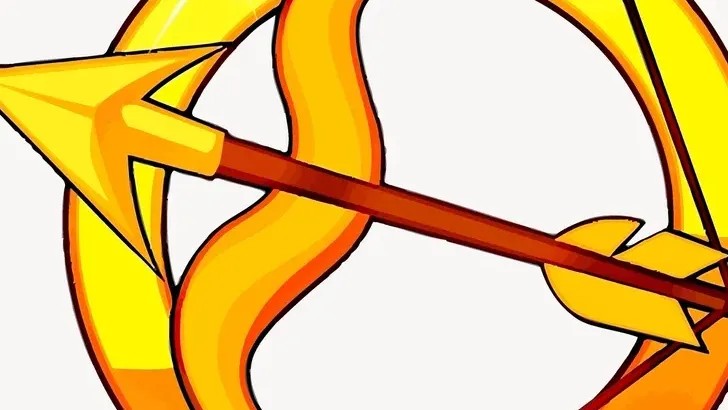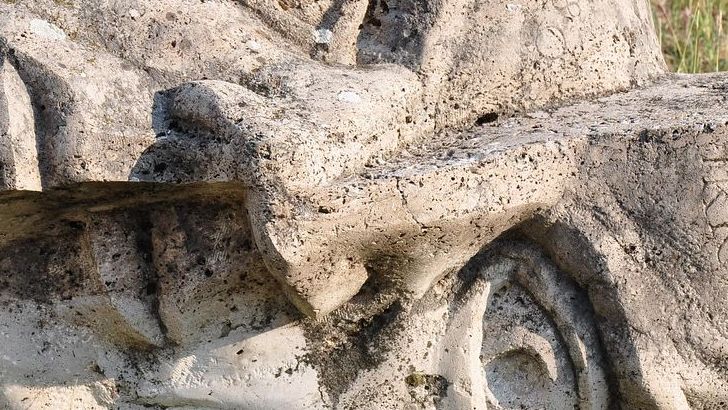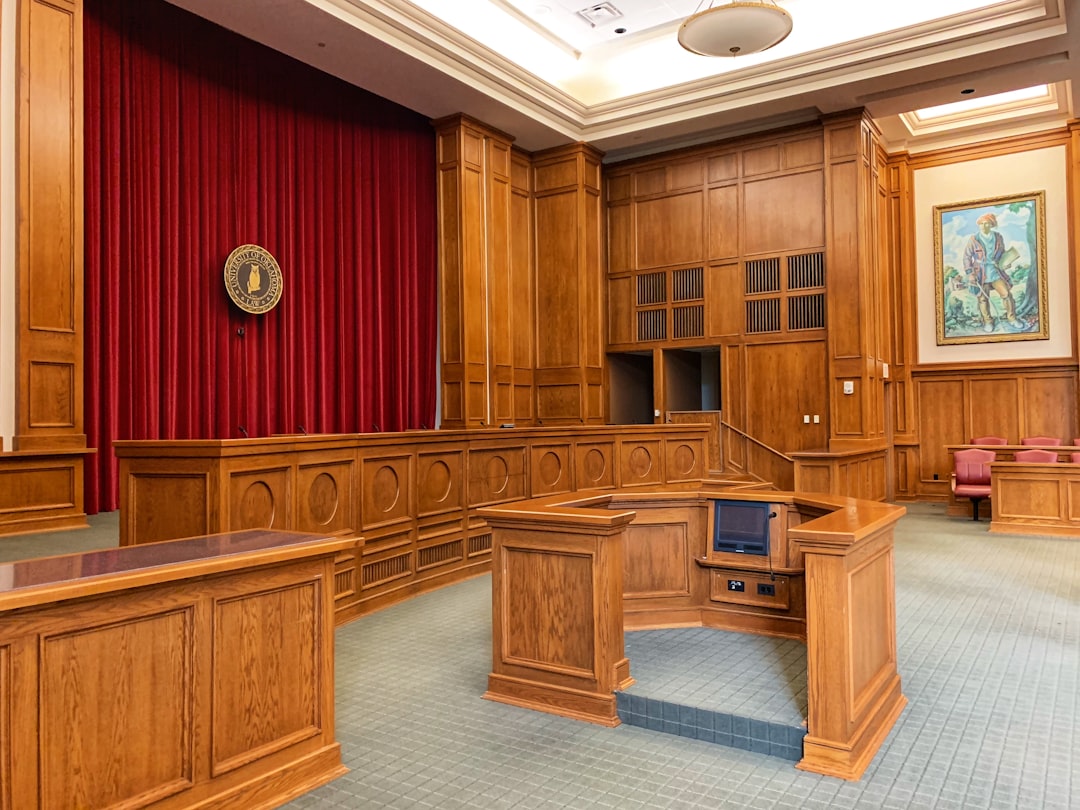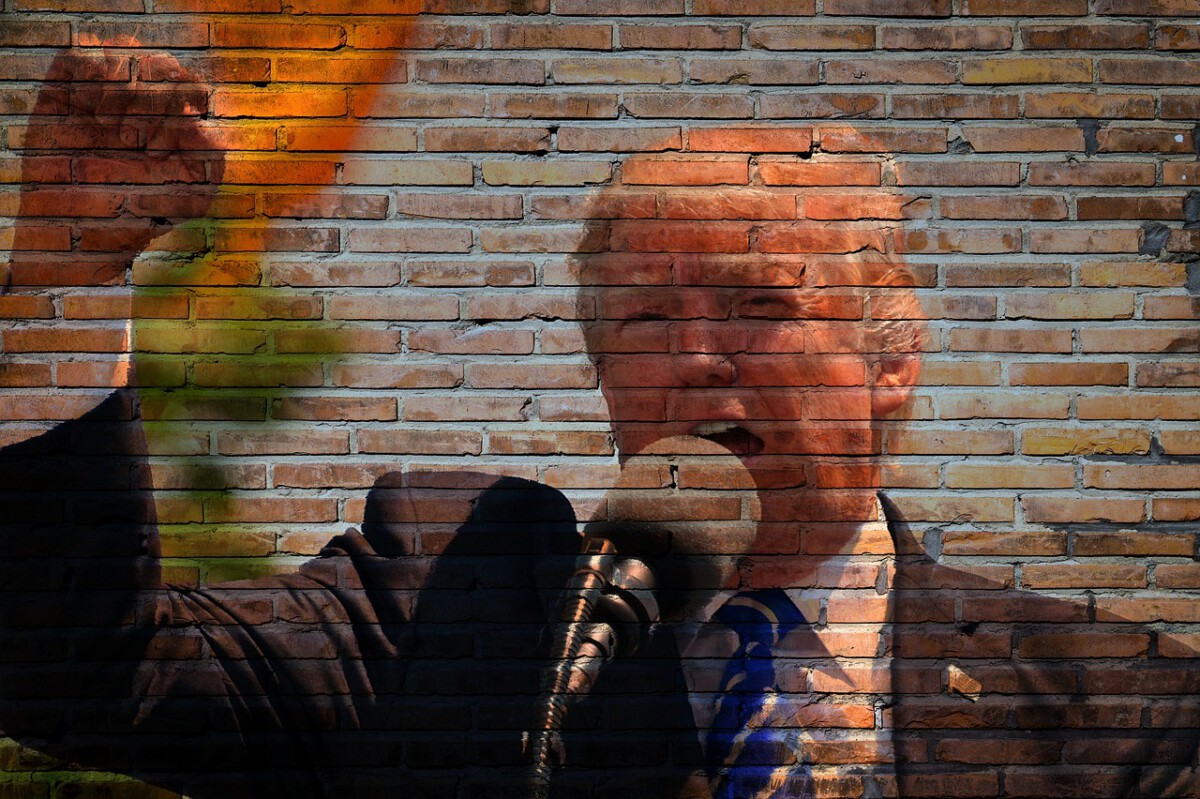Creating the Framework from Nothing

Think about being given a job description that says almost nothing about what you actually need to do every day. That’s exactly what George Washington faced when he took the presidential oath on April 30, 1789. The Constitution had barely sketched out the presidency, leaving Washington to figure out the details on his own as he famously said, “I walk on untrodden ground.” The very first president couldn’t look to any predecessor for guidance – there simply wasn’t one. Washington understood that every precedent he set would shape how future presidents could use their power, but these practices couldn’t lean toward monarchy or dictatorship. When Washington took office, he began filling out all the fuzzy bits of the presidency overlooked in the Constitution, determining how the president would work with other branches of government, interact with citizens, manage crises, and dictate foreign policy. Every decision was like writing the first chapter of a book that thousands of future leaders would have to read and follow. The pressure was immense because getting it wrong could destroy the entire democratic experiment before it even got started.
Building the Cabinet System

The cabinet today is such a high-profile institution that it’s remarkable to note this advisory body doesn’t appear anywhere in the Constitution – it was created entirely by Washington after the fact as a way to respond to governing challenges. The Constitutional Convention delegates had actually feared that allowing private meetings between the president and advisors would hide responsibility and increase corruption. They wanted the president to only get advice during public Senate hearings or in written opinions, believing this would keep everything transparent. Washington knew all about these concerns since he’d served as president of the Constitutional Convention, attended every session, and watched the debates carefully. But when the Neutrality Crisis hit in 1793, Washington threw caution to the wind. He fully embraced the cabinet as an integral part of the executive branch, asking Hamilton and Jefferson to brainstorm strategies, then calling immediate in-person meetings when he arrived in Philadelphia. Over the next eight months, the cabinet met regularly – sometimes up to five times per week when circumstances demanded it.
Establishing Executive Privilege

In 1796, Washington refused to comply with a House request for documents related to the Jay Treaty with Britain, reasoning that only the Senate had a role in treaty ratification, so the House had no legitimate claim to the material. This wasn’t Washington being difficult – he was establishing one of the most important presidential powers that wasn’t written anywhere in the Constitution. According to Jefferson’s notes, Washington said he wanted “to consult, merely because it was the first example” and wished that “so far as it should become a precedent, it should be rightly conducted.” Washington supported a much more limited conception of executive privilege than modern presidents, even creating an additional limitation that if the House opened an impeachment investigation, he would turn over all executive papers. This decision established a powerful precedent for executive privilege that empowered other presidents to follow his example. In 1792, Washington and his Cabinet had decided on a policy of producing documents only if the executive considered it in accordance with “the public good.” It’s like Washington built the first fence around presidential communications, but he made sure it had gates that could be opened when necessary.
The Power to Remove Officials

Here’s something that sounds boring but was actually revolutionary: firing people. The Constitution mentioned department secretaries but didn’t say how many, what kind, how they’d be appointed, or crucially – how they’d be removed. Both Washington and Adams assumed the president had the power to remove a secretary unilaterally, but Washington never tested this theory because he never fired anyone – his secretaries always resigned or retired voluntarily. Think about that for a second – Washington could have easily created a precedent that presidents needed Congressional approval to fire their own advisors. It wasn’t until John Adams fired Timothy Pickering in May 1800 that this presidential power was actually tested, with Congress ultimately confirming the president’s right to remove secretaries at will. Every president since Adams, except Andrew Johnson, has enjoyed this privilege and the Supreme Court later affirmed this presidential power. Washington’s restraint in never using this power actually made it stronger when someone finally did.
Setting the Two-Term Tradition

In 1796, as his second term ended, Washington chose not to seek re-election, fearing that if he died in office, Americans would view the presidency as a lifetime appointment – instead, he stepped down, providing the standard of a two-term limit that would eventually become the Twenty-Second Amendment. This decision was absolutely huge because most national leaders of that era never gave up power voluntarily. Washington’s decision to relinquish political power voluntarily was momentous and established a precedent for the democratic transfer of executive power. Washington wasn’t bound by term limits and many Americans assumed he would serve for life, but his choice to forego a third term set an important precedent for future presidents. From 1789 to 1940, presidents adhered to this self-imposed limit, exceeded only by Franklin Roosevelt, which led to the 22nd Amendment stating “No person shall be elected to the office of the President more than twice.” Imagine if Washington had decided to stay – we might still have presidents serving until they die, just like kings and dictators. His decision was partly motivated by wanting to reunite the country after the controversial Jay Treaty had turned many Americans against him.
Defining Federal Authority Through Force

The Whiskey Rebellion of 1794 was regarded as the first test of federal authority in U.S. history and the young nation’s commitment to constitutional rule of law. When western Pennsylvania farmers violently resisted the federal whiskey tax, Washington faced a critical choice that would define presidential power forever. This insurrection was the first great test of Washington’s authority as president, and he declared he had no choice but to act to subdue the “insurgents,” fearing they would otherwise “shake the government to its foundation.” According to biographer Joseph Ellis, Washington mounted his horse to lead a force of 13,000 troops – larger than any Revolutionary War army – making this the first and only time a sitting American president led troops into battle. Washington rode at the head of this army, the rebel leaders fled before arrival, about 150 men were arrested but only two were convicted (and later pardoned), demonstrating that the new government had the will and ability to suppress violent resistance to its laws. The rebellion cemented the idea that the federal government had authority to levy and collect taxes and could lawfully enforce these taxes, establishing precedent for federal authority over state and regional actions. This wasn’t just about whiskey – it was about whether the United States would survive as a nation.
The Art of Presidential Restraint

Although Washington sponsored and supported legislative proposals submitted to Congress, he carefully avoided trying to dictate or unduly influence the judicial and legislative branches, setting a precedent of executive restraint by not vetoing bills unless there were constitutional questions. This approach would be followed by the next five presidents, showing that Washington understood something crucial about power – sometimes the most effective way to use it is to not use it at all. Washington believed his precedents must make the presidency powerful enough to function effectively but couldn’t show any tendency toward monarchy or dictatorship. He walked this incredibly fine line every single day for eight years. Washington even kept Vice President Adams at arm’s length, not inviting him to cabinet meetings, setting the tradition that the vice president’s role would be largely ceremonial. It’s like Washington was constantly asking himself: “What would a king do?” and then doing the opposite. Over 200 years ago, Washington understood the importance of being exceedingly careful with presidential power, though this careful precedent management has been less evident in recent years.
Creating Presidential Social Protocol

Washington set precedents for the social life of the president, spending his days doing government business and setting aside late afternoons for public meetings and evenings for dinner parties with invited guests – practices still followed by White House protocol today. These might seem like small details, but they were actually revolutionary decisions about how a democratic leader should behave. Well-known for his love of Mount Vernon, Washington made it acceptable for presidents to retreat from job pressures to their own homes while in office. When politicians suggested grand titles for the chief executive ranging from “His Excellency” to “His Highness, the Protector of Our Liberties,” Washington recommended the more democratic “Mr. President.” Think about how different American history might have been if we called our leader “His Highness” instead of simply “Mr. President.” Washington was constantly making choices that emphasized the republican, not royal, nature of his position. Washington’s Farewell Address was written as a letter to “friends and fellow-citizens” after 20 years of public service, written near the end of his second term before retiring to Mount Vernon. Even his goodbye was designed to show that presidents are temporary servants, not permanent rulers.
Shaping Foreign Policy Powers

Washington established precedents that the president was very much in charge over both the executive branch and foreign affairs, but these powers were theoretical until someone tested them because constitutional authority often has a question mark after it. Washington’s approach to foreign policy became legendary, especially through his Farewell Address. Washington devoted a large portion of his address to warning about foreign influence, admonishing the country “to steer clear of permanent Alliances” because foreign nations couldn’t be trusted to do anything more than pursue their own interests, calling for extending commercial relations while maintaining “as little political connection as possible.” The centerpiece of Washington’s Farewell Address was its call for neutrality in foreign affairs, motivated partly by Jefferson’s adoration of France and Washington’s horror at the anarchy of the French Revolution, plus anger at French attempts to influence American policy. To announce his decision not to seek a third term, Washington presented his Farewell Address in a newspaper on September 17, 1796, warning the nation to avoid permanent alliances with foreign nations and rely instead on temporary alliances for emergencies. Washington dedicated a large part of his farewell to discussing foreign relations dangers, urging Americans to avoid long-term friendly relations or rivalries with any nation, arguing that attachments would cloud the government’s judgment and lead to unnecessary wars.
The Supreme Court and Judicial Precedents

In his first year, Washington signed the Judiciary Act of 1789, which established the federal court system, and during his presidency appointed three chief justices and eight associate justices to the Supreme Court – the most of any president in the country’s history. These weren’t just routine appointments – Washington was literally building the third branch of government from scratch. When John Jay resigned as chief justice, Washington selected his successor from outside the bench, disregarding seniority and allowing presidents flexibility in Supreme Court appointments. Washington filled the Supreme Court, created the cabinet, and asserted executive privilege for the first time. Every single judicial decision required Washington to think about precedent because there was no existing federal court system to follow. He had to decide not just who would serve as judges, but how the entire federal judiciary would work. During his first term, Washington also signed the country’s first copyright law and created the U.S. patent system. These actions might seem technical, but they established the president’s role in protecting intellectual property and innovation. Washington was essentially deciding what kinds of laws and institutions the executive branch would support and enforce.
Managing Political Opposition

The excise tax had been a Federalist measure designed to help pay for Hamilton’s financial policies, and its opponents included those organizing what would become the Democratic-Republican party under Jefferson, with Jefferson saying “An insurrection was announced and proclaimed and armed against, but could never be found,” while Hamilton argued that suppressing the rebellion “will do us a great deal of good.” Washington found himself in the middle of America’s first major political divide, and how he handled it would set precedents for every future president dealing with opposition. Washington and Hamilton believed that Democratic-Republican Societies were the source of civic unrest, though historians note there was only some overlap between society membership and the Whiskey Rebels. The Whiskey Rebellion events contributed to the formation of political parties in the United States, a process already under way. The suppression of the Whiskey Rebellion wasn’t universally celebrated – while Federalists applauded the strong stance, many Democratic-Republicans criticized it as excessive, with Thomas Jefferson arguing that using military force against citizens was a dangerous precedent. Washington had to navigate the reality that about half the country would always disagree with any major decision he made. His approach of enforcing federal law while showing mercy (by pardoning convicted rebels) became a template for handling political opposition without destroying democratic norms.
Economic Powers and National Debt

Hamilton estimated that state and federal governments had a combined debt of $79 million with the federal government’s annual income projected at $2.8 million, proposing the most ambitious economic plan ever advanced by an American, calling for federal assumption of state debt and mass issuance of federal bonds to restore the economy and establish precedent that the government would uphold the value of its securities. Washington’s support for Hamilton’s financial plan essentially defined presidential economic power for centuries to come. In 1791, Washington imposed an excise tax on distilled spirits to help reduce national debt, and when opposition led to uprisings in Western Pennsylvania in 1794, Washington led U.S. militia to Pennsylvania to end the Whiskey Rebellion, with rebels dispersing by the time they reached Pittsburgh and the tax being repealed by Jefferson in 1802. Washington signed legislation that established the first national bank during his presidency. These economic decisions weren’t just about money – they were about whether the federal government could actually function as a government. Without the ability to collect taxes, pay debts, and regulate commerce, the United States would have collapsed like the Articles of Confederation government before it. Washington’s willingness to use military force to collect taxes proved that federal law meant something real.
The Farewell Address Legacy

Washington’s Farewell Address, published at the end of his second term, stands today as a timeless warning about the forces that threaten American democracy. Washington wasn’t required to leave office since the Twenty-second Amendment wasn’t ratified until 1951, and many hoped he would remain president indefinitely, but Washington had always intended to depart once he felt the Constitution was well-established and the country was on solid footing. Secretary of the Treasury Alexander Hamilton worked closely with Washington to craft the Farewell Address, though Washington had actually asked James Madison to draft a farewell address four years earlier when contemplating retirement after his first term, but stashed it away when convinced to serve another term. The address is still recited annually in the United States Senate, a tradition dating back to the Civil War, and endures as a critical founding document for issues of Union, partisanship, and isolationism.








